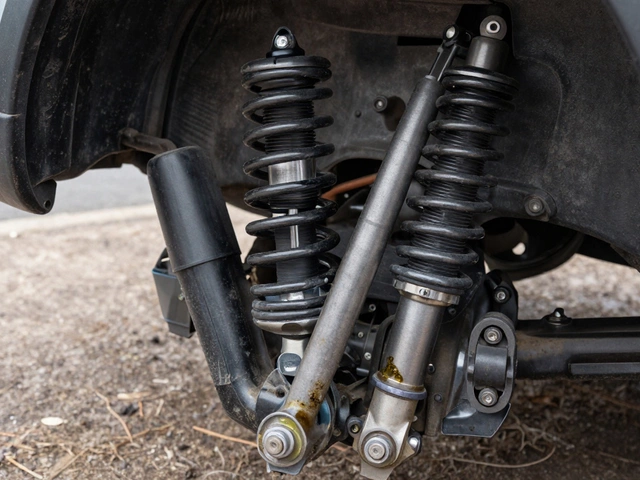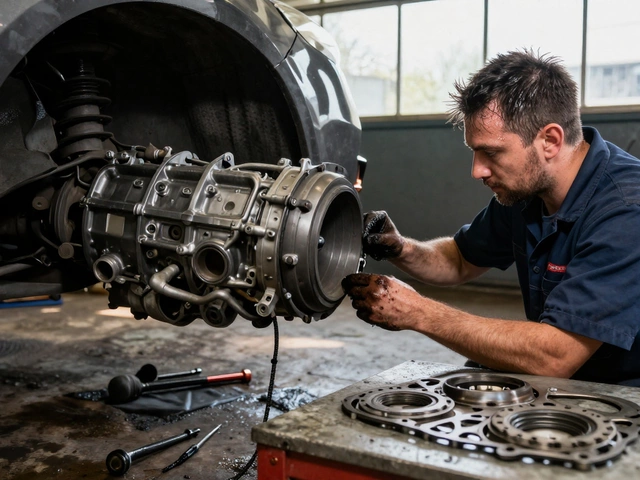Suspension Noise: What It Means and How to Fix It
When your car makes a suspension noise, a sound coming from the wheels or undercarriage that signals worn or damaged components in the vehicle’s ride system. Also known as clunking, knocking, or rattling, it’s not just an annoyance—it’s a warning your car isn’t handling the road like it should. Ignoring it can lead to uneven tire wear, poor steering control, or even a complete suspension failure. This isn’t something you can drive past—especially if you’re hearing it over bumps or when turning.
Most suspension noises come from worn shock absorbers, components that dampen the impact of bumps and keep tires in contact with the road. When they fail, you’ll hear a hollow clunk or thump when going over speed bumps. Other common culprits include broken suspension diagnostics, the process of identifying faulty parts through sound, movement, and visual inspection issues like loose control arm bushings, worn ball joints, or damaged sway bar links. These aren’t always visible during a quick glance—they need to be checked while the car is lifted and moved by hand.
You might not realize it, but car suspension symptoms, the signs your vehicle’s ride system is breaking down, including noise, bouncing, or pulling to one side often show up before the car feels unsafe. A squeak when turning? That’s often a dry or cracked rubber bushing. A loud bang when braking? Could be a broken spring or loose mount. These aren’t random sounds—they’re clues. And if you’ve noticed your car feels floaty or leans too much in corners, that’s your suspension struggling to do its job.
Some people think suspension noise is just an old car thing. But even newer cars can develop these issues if they’ve hit potholes hard, driven on rough roads, or never had their suspension checked. It’s not about age—it’s about wear. And once a part starts making noise, it’s already wearing out faster than normal. The longer you wait, the more damage you risk to tires, steering parts, and even your brakes.
What you’ll find below are real, practical guides from drivers and mechanics who’ve been there. You’ll learn how to tell if your shocks are done, what that strange noise really means, and when it’s time to replace parts instead of just tightening them. No guesswork. No fluff. Just clear signs, simple checks, and what to do next—so you don’t end up stranded or paying for repairs you could’ve avoided.






